Unfounded fears about nuclear technology may be undercutting the fight against climate change.
Nuclear power could be a big help in the fight against climate change. Learn why more environmentalists are starting to endorse it.
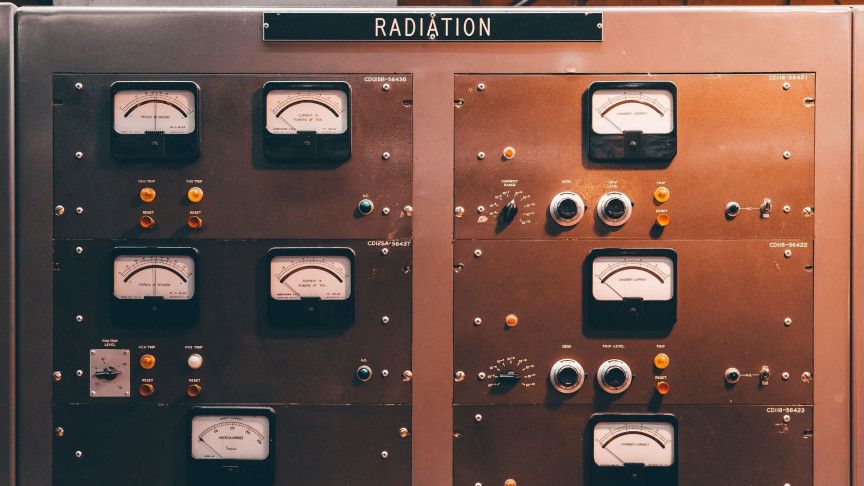
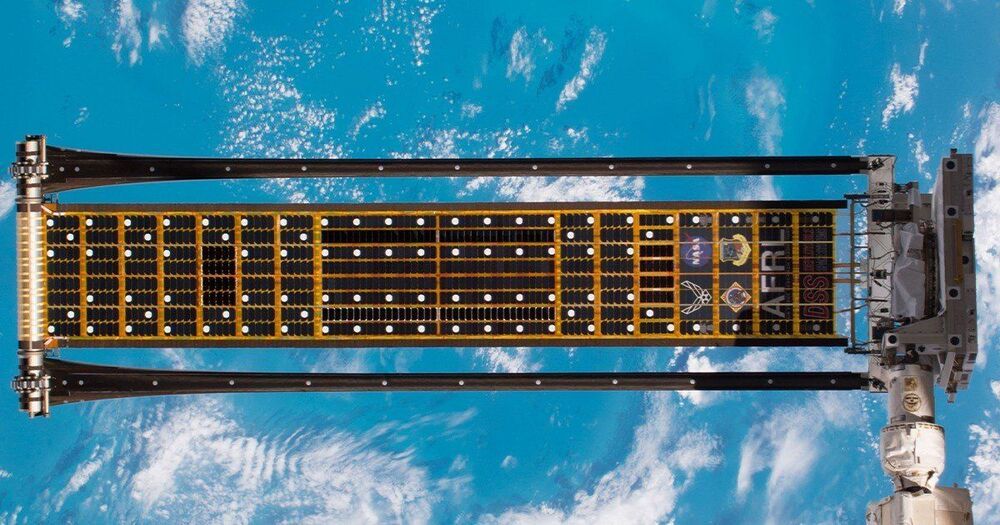
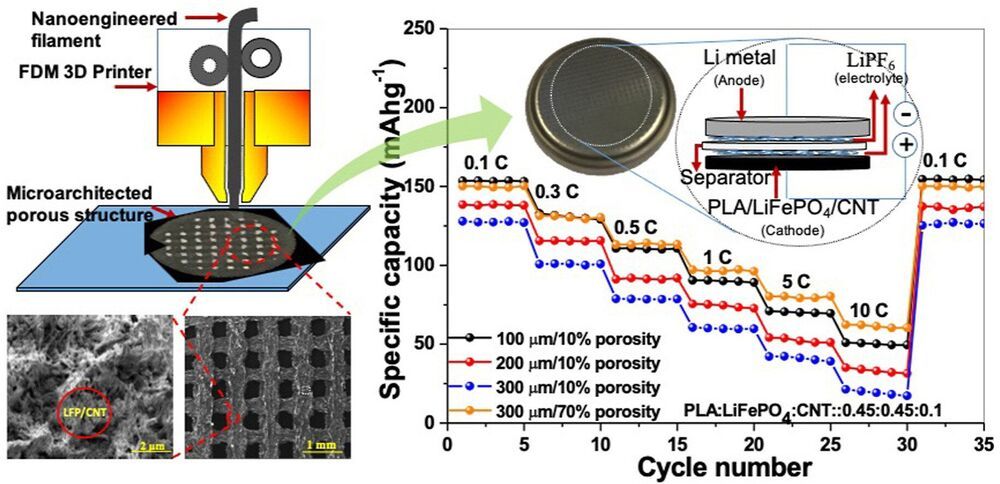
A new type of 3D-printed battery which uses electrodes made from vegetable starch and carbon nanotubes could provide mobile devices with a more environmentally-friendly, higher-capacity source of power.
A team of engineers led from the University of Glasgow have developed the battery in a bid to make more sustainable lithium-ion batteries capable of storing and delivering power more efficiently. The battery’s design and fabrication is outlined in a paper published in the Journal of Power Sources.
Lithium-ion batteries provide a useful combination of lightweight, compact form factors and the ability to withstand many cycles of charging and discharging. That has made them ideally suited for use in a wide array of devices, including laptops, mobile phones, smart watches, and electric vehicles.
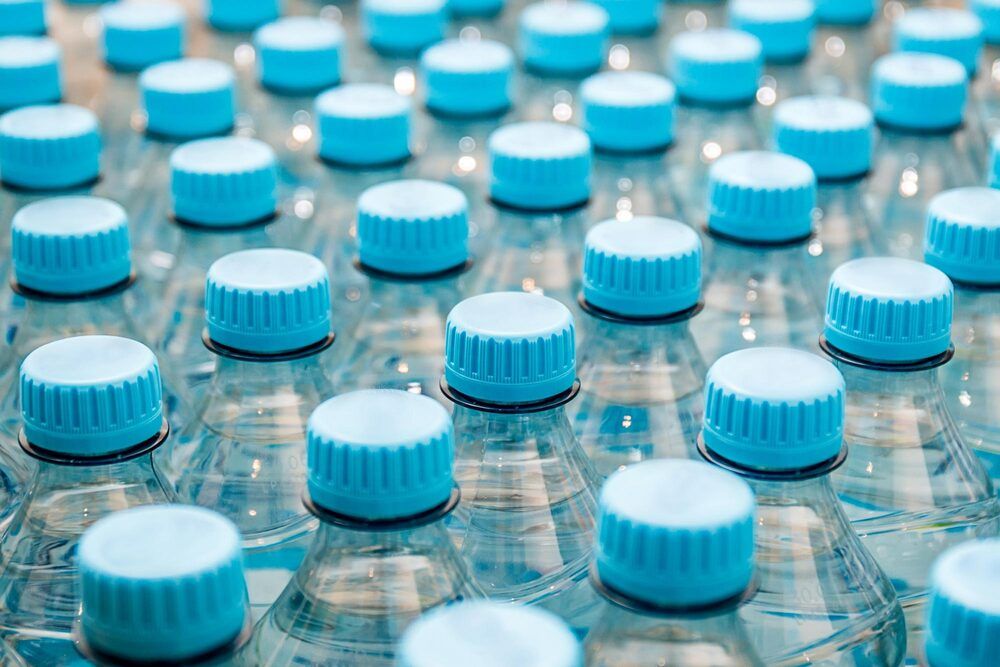
Plastics are one of the world’s largest polluters, taking hundreds of years to degrade in nature. A research team, led by YSE professor Yuan Yao and Liangbing Hu from the University of Maryland, has created a high-quality bioplastic from wood byproducts that they hope can solve one of the world’s most pressing environmental issues.
Efforts to shift from petrochemical plastics to renewable and biodegradable plastics have proven tricky — the production process can require toxic chemicals and is expensive, and the mechanical strength and water stability is often insufficient. But researchers have made a breakthrough, using wood byproducts, that shows promise for producing more durable and sustainable bioplastics.
A study published in Nature Sustainability, co-authored by Yuan Yao, assistant professor of industrial ecology and sustainable systems at Yale School of the Environment (YSE), outlines the process of deconstructing the porous matrix of natural wood into a slurry. The researchers say the resulting material shows a high mechanical strength, stability when holding liquids, and UV-light resistance. It can also be recycled or safely biodegraded in the natural environment, and has a lower life-cycle environmental impact when compared with petroleum-based plastics and other biodegradable plastics.
Amid population growth and a changing climate, we meet the food producers doing more with less.
Check out VICE News for more: http://vicenews.com.
Follow VICE News here:
Facebook: https://www.facebook.com/vicenews.
Twitter: https://twitter.com/vicenews.
Tumblr: http://vicenews.tumblr.com/
Instagram: http://instagram.com/vicenews.
More videos from the VICE network: https://www.fb.com/vicevideo.
#VICENews #News
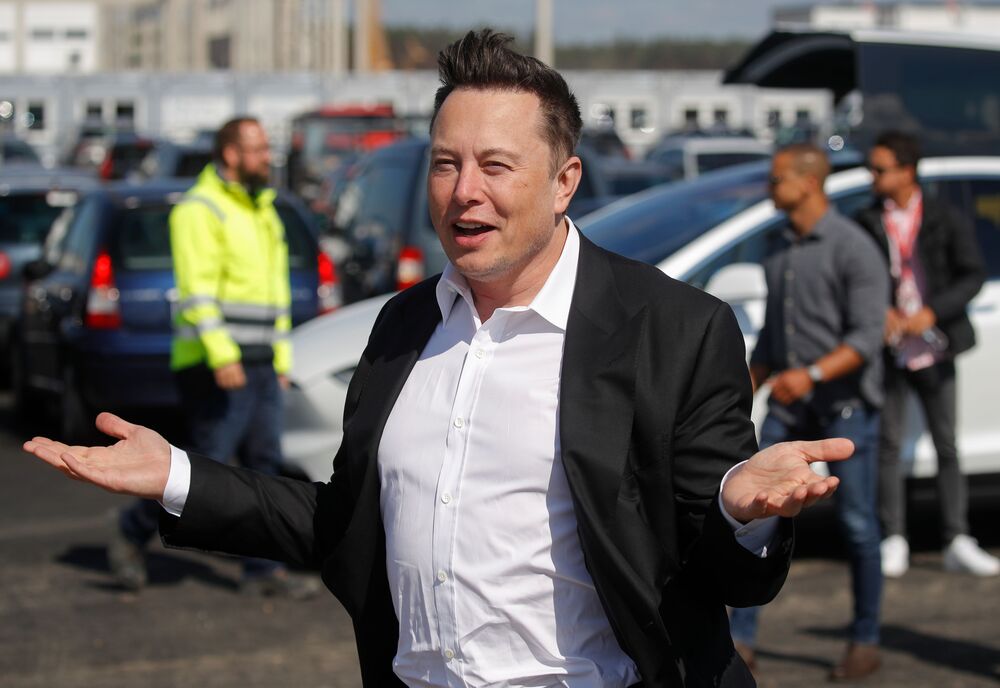
Musk’s tweet offering guidance on timing for an anticipated increase in Tesla’s market cap has since been deleted, but screenshots were widely shared on Twitter.
The U.S. Securities and Exchange Commission has clashed with Musk and Tesla over the CEO’s unfettered use of Twitter before.
In the third quarter of 2018, Musk faced securities fraud charges from the SEC after he tweeted to his tens of millions of followers then that he was planning to take Tesla private at $420 a share, and had secured funding to do so. Tesla’s stock price jumped more than 6 percent that day.
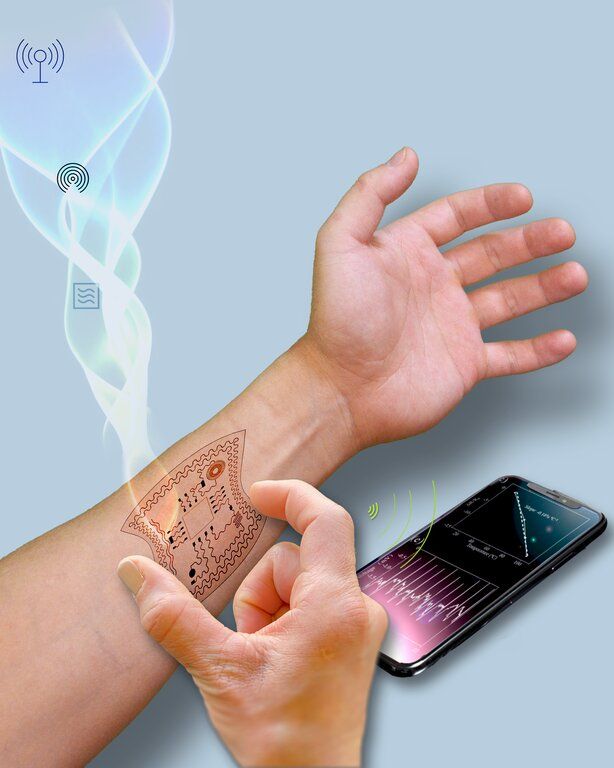
From microwave ovens to Wi-Fi connections, the radio waves that permeate the environment are not just signals of energy consumed but are also sources of energy themselves. An international team of researchers, led by Huanyu “Larry” Cheng, Dorothy Quiggle Career Development Professor in the Penn State Department of Engineering Science and Mechanics, has developed a way to harvest energy from radio waves to power wearable devices.
The researchers recently published their method in Materials Today Physics.
According to Cheng, current energy sources for wearable health-monitoring devices have their place in powering sensor devices, but each has its setbacks. Solar power, for example, can only harvest energy when exposed to the sun. A self-powered triboelectric device can only harvest energy when the body is in motion.
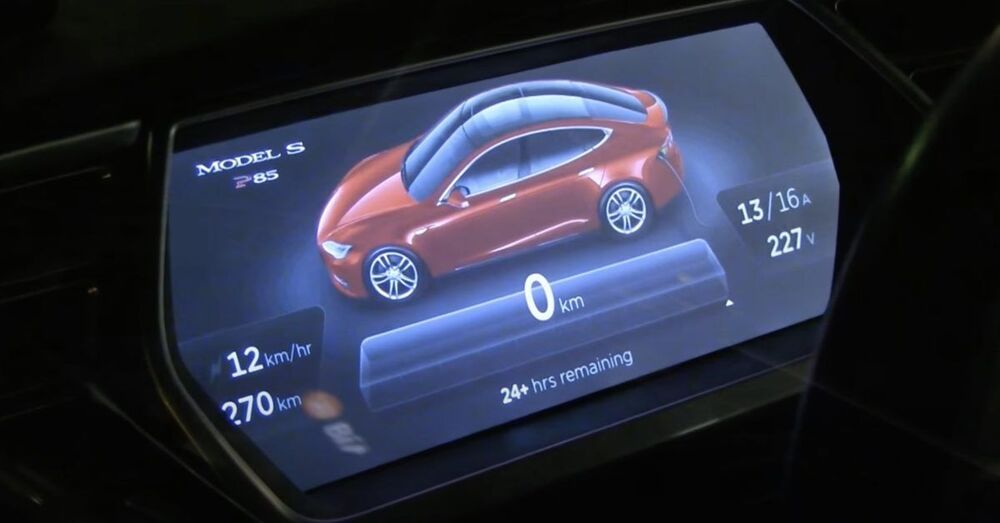
In response to an independent range test, Tesla has reportedly claimed that the EPA range on its vehicles can be achieved by draining the battery pack beyond the zero-mile displayed range.
Last month, we reported on Edmunds conducting independent range tests on a bunch of electric vehicles to compare them to their EPA estimates.
The results showed that Tesla is using the most optimistic versions of its EPA estimated range in its advertising compared to other automakers.
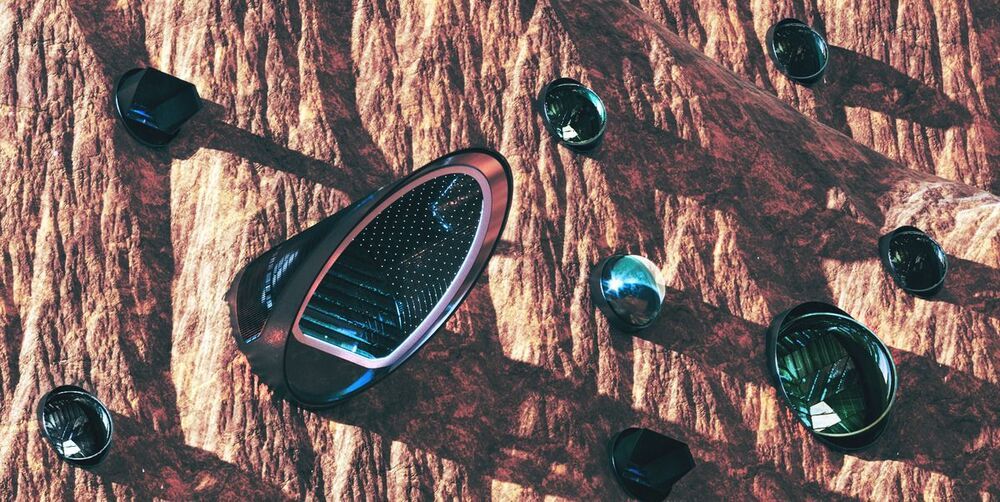
A one-way ticket (including a cliffside condo!) starts at $300000.
An architecture firm has released ambitious plans for Nüwa, a sustainable city on Mars that could hold up to 250000 people in mostly underground cave systems.
Nüwa, named for the Chinese mythological goddess who melted five stones to give robust societal pillars, would be housed inside a sheer rock face where residents would be protected from damaging cosmic and solar radiation.
If you decide to move to Mars, your $300000 ticket will include a one-way trip to Nüwa, a residential unit of 25 to 35 square meters, full access to facilities, life support services and food, and “a binding work contract to devote between 60 [percent] and 80 [percent] of [your] work time to tasks assigned by the city,” according to ABIBOO, the architecture studio behind the concept.
Dedicated to those who argue that life extension is bad because it will create overpopulation problems. In adittion to the fact that natality rates are dangerously decreasing in some developed countries, this is only one example of changes that may will take place well before life extension may create a problem of such type, if ever.
Plenty, an ag-tech startup in San Francisco co-founded by Nate Storey, has been able to increase its productivity and production quality by using artificial intelligence and its new farming strategy. The company’s farm farms take up only 2 acres yet produce 720 acres worth of fruit and vegetables. In addition to their impressive food production, they also manage the production with robots and artificial intelligence.
The company says their farm produces about 400 times more food per acre than a traditional farm. It uses robots and AI to monitor water consumption, light, and the ambient temperature of the environment where plants grow. Over time, the AI learns how to grow crops faster with better quality.
While this is great for food quality, it also helps conserve resources. The water is recycled and evaporated water recaptured so there is virtually no waste. The Startup estimates that this smart farm is so efficient that it produces better fruits and vegetables using 95% less water and 99% less land than normal farming operations.